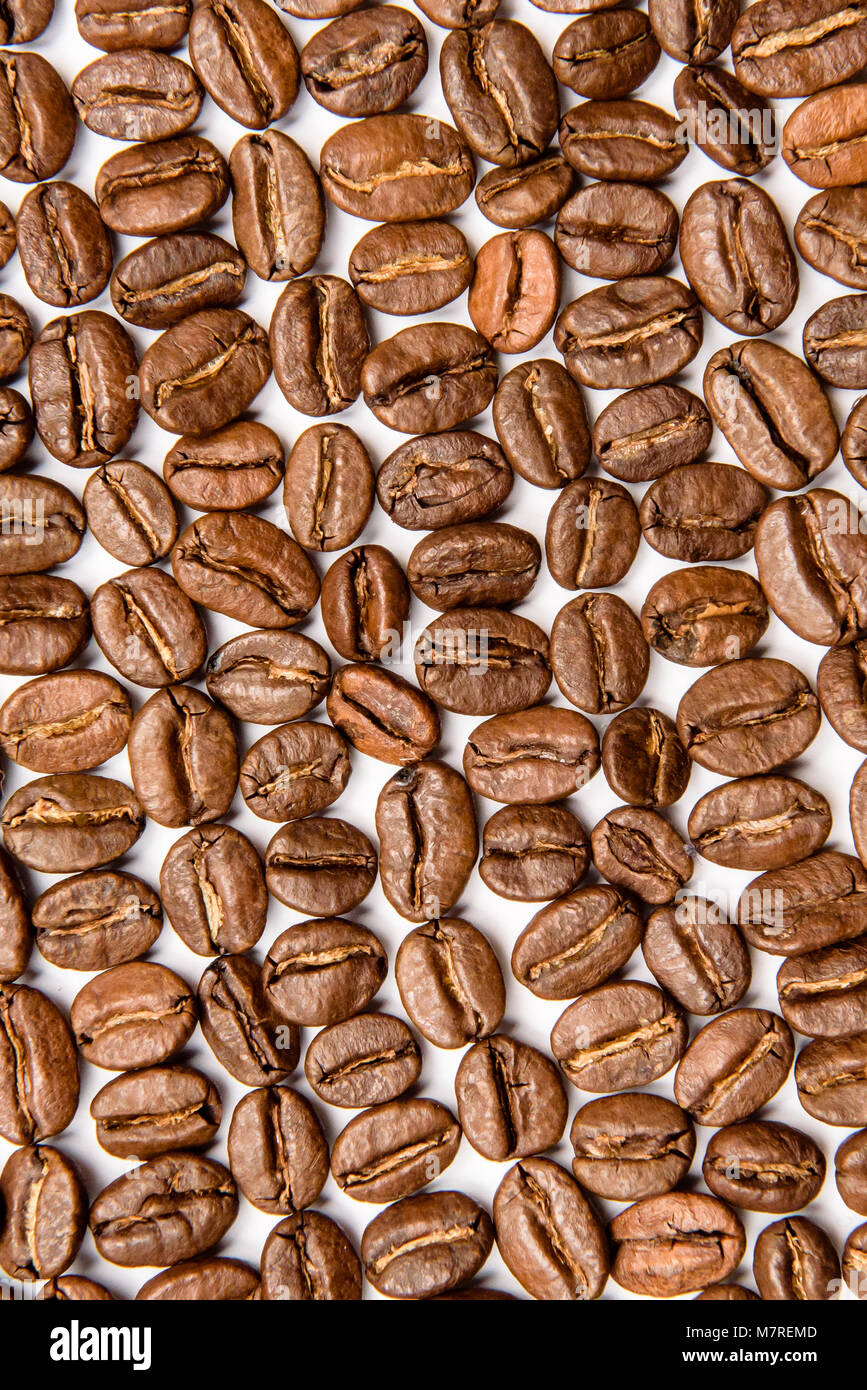Brew is not just a simple morning drink; it is an intricate experience that awakens our sensory experiences and ignites our love for it. For enthusiasts and casual drinkers alike, grasping the flavor profiles of the bean can elevate the enjoyment and appreciation of this beloved beverage. From the earthy hints of a subtle blend to the rich, cocoa flavors found in a strong blend, the world of coffee tasting is broad and dynamic. In this article, we will explore the flavor profiles that make each cup unique and examine how the source, processing methods, and methods of brewing influence the palate journey.
As we delve into the fascinating realm of coffee, we will also touch on the newest trends in coffee and trends shaping the industry. Whether you are looking for coffee recipes to boost your coffee-making expertise or searching for the most reputable coffee resources to broaden your understanding, this exploration will serve as a resource. So grab your favorite mug, and join us on this tasteful exploration through the craft of coffee tasting, where each experience tells a tale and every note unveils a different aspect of enjoyment.
Understanding Java Profile Characteristics
Coffee flavor profiles are essential for valuing the richness of this popular beverage. Each cup of coffee narrates a tale shaped by multiple factors like its origin, processing techniques, and roasting techniques. The nuances of flavor can range from sweet and floral to savory and cocoa-like, permitting coffee lovers to discover a wide spectrum of tastes. Understanding these attributes elevates the coffee experience, making it not just about imbibing but also about enjoyment and exploration.

The flavor of coffee is largely determined by its source, with beans from various regions exhibiting unique characteristics. For illustration, Ethiopian coffees are often known for their sharpness and fragrant hints, while Brazilian coffees may have a more cocoa-like and savory profile. Moreover, the altitude at which coffee is grown, the microclimate, and soil quality all play critical roles in shaping the beans. This locational impact on coffee flavors is a vital topic in specialty coffee blogs, fueling ongoing dialogues in coffee community news and coffee provenance blog posts.
The roast is another key factor that significantly affects flavor. Light roasts tend to preserve the coffee beans' inherent traits, emphasizing brightness and fruit flavors, while Bold roasts bring out more intense, more caramelized flavors. Coffee caffeine blogs often delve into these techniques, providing insights on how to produce the perfect roast for various flavor attributes. By comprehending how roasting impacts taste, enthusiasts can better enjoy the subtleties in their cup, leading to a more fulfilling coffee culture and lifestyle.
Analyzing Flavor Notes
Understanding coffee aroma notes is crucial for any coffee enthusiast seeking to broaden their enjoyment of this beloved beverage. Every coffee type carries unique flavor notes that can disclose much about its source, processing method, and roasting method. By exploring these aroma notes, we can distinguish the subtle differences that make each coffee tasting special, whether it's a bright citrus tartness or a deep chocolate hint.
As you navigate into the world of coffee flavor exploration, consider how certain notes work with one another. A coffee that has a fruity profile may also display botanical characteristics, leading to a complex and enjoyable cup. Engaging with these flavor notes allows coffee lovers to communicate their preferences and relate more with the coffee culture. Top coffee blogs often explore deep into these flavors, offering understandings and recommendations that help enthusiasts choose their upcoming brew.
Honing tasting skills can also boost your understanding of coffee. Sampling various beans in comparison, noting their unique flavors and aromas, will hone your palate. Coffee tasting notes blogs are a fantastic resource for uncovering new flavors and mastering how to articulate what you taste. Engaging with the coffee society online can further enhance your journey, as sharing notes and reviews fosters a deeper appreciation for the flavors that make coffee such a rich and enjoyable beverage.
The Significance of Coffee Brewing Methods
Brewing techniques play a key role in drawing out the specific flavor profiles of coffee. Each technique, whether it’s pour-over, press pot, or espresso, obtains different compounds from the coffee beans, resulting in a one-of-a-kind taste experience. As an example, a pour over may highlight the bright acidity and fruity notes, while a French press can enrich the body and richness of the coffee. Recognizing these nuances is essential for coffee enthusiasts who want to delve into the depths of their favorite brews.
Brewing variables such as water heat, grind consistency, and brew time significantly influence the final flavor. click here tends to release oils and acids more effectively, leading to richer flavors, while a coarser grind may produce a cleaner cup. Coffee lovers are invited to play around with these variables to uncover their own preferences, as well as to appreciate the craft of coffee making. This journey correlates with the growing fascination in artisanal coffee and the dynamic coffee culture that continues to change.
Keeping updated about the latest coffee news and developments in the coffee community can elevate one’s brewing journey. Blogs dedicated to coffee cooking methods, tasting notes, and brewing techniques provide valuable insights and advancements that can enrich both the brewing process and the tasting experience. By engaging with resources from the top coffee blogs and the specialty coffee scene, enthusiasts can gain a more profound appreciation for the skill behind each cup of coffee, ultimately fostering a more satisfying and knowledgeable coffee lifestyle.
